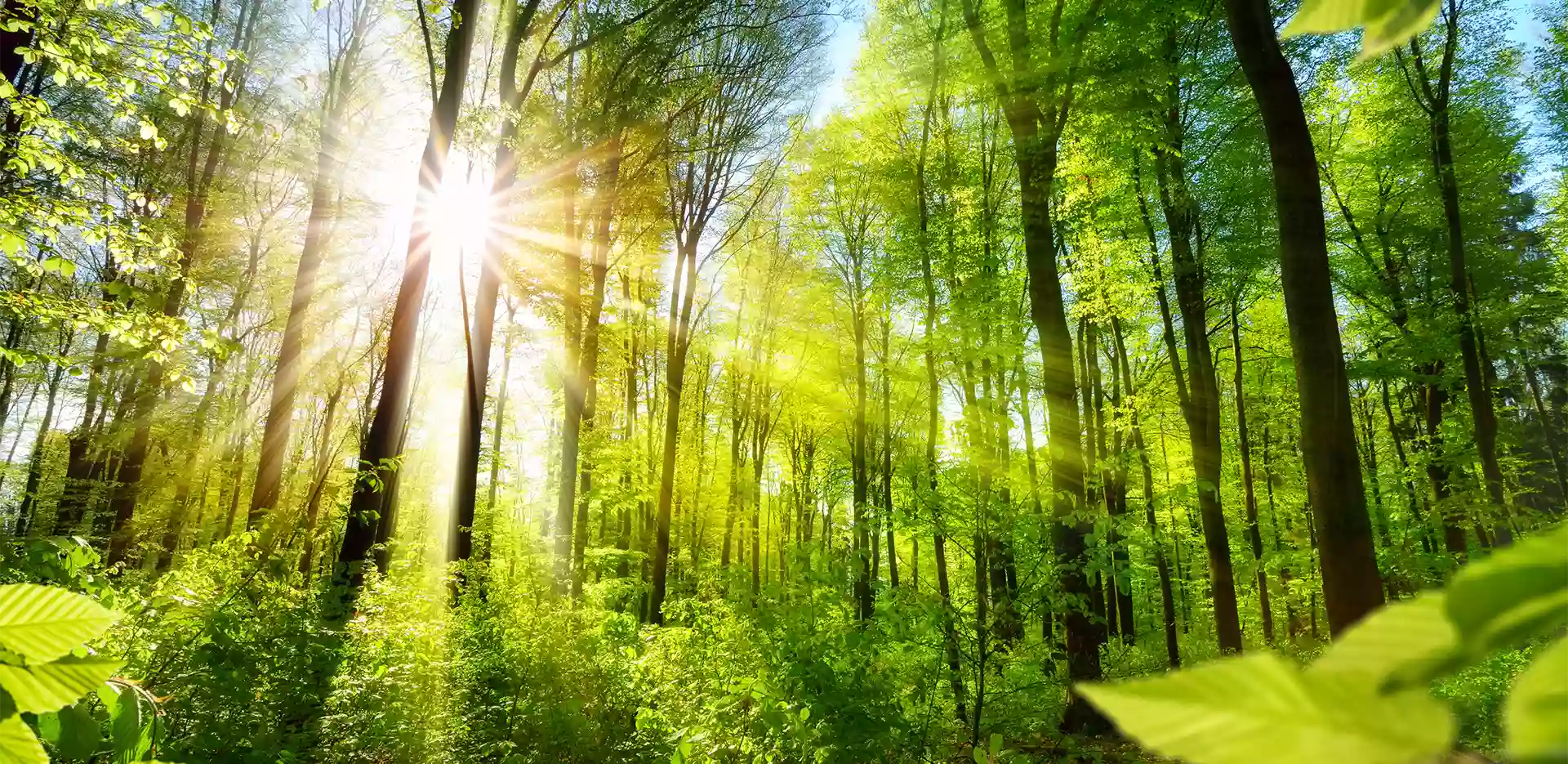Conservation, Environment Pollution and Degradation, Environment Impact Assessment
By 2030, India wants to restore 26 million hectares of damaged forest cover. Examining the challenges and opportunities associated with this lofty goal is essential. What strategies should be put in place to ensure the success of this endeavour.
The loss of forests since the turn of the 20th century is estimated by the World Bank to be around 10 million square kilometers. The UN responded by designating the years 2021–2030 as the “Decade of Ecosystem Restoration,” with the goal of rehabilitating 350 million hectares of degraded land worldwide. India established the Van Mahotsava, or “festival of trees,” which was launched in July 1950 by K.M. Munshi.
By 2030, India wants to rebuild 26 million hectares of degraded forest. Planting trees is part of the plan, but it’s not the sole fix.
It must also emphasize comprehensive ecosystem management, biodiversity conservation, and sustainable practices.
Forest Cover versus Tree Cover
- Forest cover and tree cover are not interchangeable. In India, there are roughly 93,815 hectares (2.85%) of tree cover, and 7.08 lakh hectares (21.54% of the land) are covered in forest cover.
- This is important to understand because forests are more than simply trees; they are intricate ecosystems that sustain a vast number of species and offer essential functions.
Commitments to planting trees:
- The World Economic Forum’s “One Trillion Project” is an international effort to plant one trillion trees.
- China’s massive afforestation initiative to counteract desertification is known as the “Great Green Wall of China.”
- Pakistan’s initiative, 10 Billion Tree Tsunami, aims to restore degraded areas through reforestation.
- The Bonn Challenge is a global initiative aimed at reforesting 350 million hectares by 2030 and 150 million hectares by 2020.
Challenges:
- Tree Planting vs. Ecosystem Restoration: A new modification to India’s Green Credit Programme places more focus on ecosystem restoration than on simple tree planting; it also calls for sustainable practices, biodiversity, and healthy soil.
- Financial Sustainability: Sufficient finance is essential for tree-planting initiatives to be effective. Even the best-intentioned initiatives risk dying out like an undernourished seedling in the absence of sufficient funding.
- Technical Considerations: Planting trees involves more than merely excavating areas and putting in seedlings. Crucial elements include plant selection, upkeep, and soil condition. Neglecting these technical details could provide unsatisfactory outcomes.
- Community Involvement: Local communities must be actively involved. Trees require tender hands and compassionate hearts to flourish, after all. Long-term sustainability and a sense of ownership are promoted by community-driven projects.
- Quality over Quantity: Planting saplings alone does not fulfil multifarious expectations. It’s essential to focus on the quality of planting, ensuring survival rates and long-term growth.
- Monoculture Risks: Some drives promote monoculture, which can be detrimental to biodiversity and carbon sequestration.
Government Initiatives:
- Compensatory afforestation is a program that involves planting trees in other locations to make up for forest land that has been diverted for uses other than forests.
- The National Afforestation Programme aims to replenish degraded ecosystems and enhance the amount of forest cover across the country.
- The National Mission for a Green India (Green India Mission) is an extensive initiative that tackles sustainable forest management, biodiversity protection, and afforestation.
- Nagar Van Scheme is to establish green areas and urban forests.
- The prevention and management of forest fires is essential to preserving the current forest cover.
- Urban Tree Planting: Urban tree planting has been strongly promoted by the Ministry of Environment, Forests, and Climate Change. These initiatives seek to increase the amount of green space, reduce pollution, and raise urban living standards generally.
- The Green Credit Program (GCP), which was introduced in India, provides financial incentives for the voluntary planting of trees in watershed areas and degraded forest lands. Businesses, industries, and other organizations take part to obtain green credits, which helps to preserve the environment.
Way Forward:
- Diverse Plantations: It’s important to diversify native species, fruit-bearing trees, and nitrogen-fixing plants in order to reduce the number of monoculture plantations.
- Urban greening: Trees are essential for cities. Urban tree planting can raise our quality of life, lessen heat islands, and improve the air.
- Long-Term Dedication: Planting trees takes more than a single day. This relationship lasts a lifetime. Those seedlings must be tended to, seen as they develop, and honoured for their shade.
The planting of trees has become an effective strategy for addressing environmental issues and disasters related to climate change. Despite its continued importance, planting trees is no longer only a catchphrase or headline. It must place a high priority on environmental restoration, community involvement, and quality.

